What is the difference between a Slotted Waveguide Array Antenna and a Parabolic Antenna?
The fundamental distinction between Slotted Waveguide Array Antennas and Parabolic Antennas lies in their design principles and operational mechanisms. Slotted Waveguide Array Antennas utilize a series of precisely engineered slots cut into waveguide walls to create radiating elements, forming a highly directional antenna array. These slots act as individual radiators, working together to produce a focused beam pattern. In contrast, Parabolic Antennas employ a curved reflective surface that concentrates electromagnetic waves to or from a focal point where the feed antenna is located. This difference in architecture leads to distinct characteristics in terms of efficiency, bandwidth, power handling capability, and application scenarios.
Design and Operating Principles
Structural Components and Configuration
The Slotted Waveguide Array Antenna represents a sophisticated advancement in antenna technology, featuring a carefully engineered series of slots cut into the walls of a waveguide structure. Advanced Microwave offers array antennas composed of small units in one-dimensional or two-dimensional arrays, including planar arrays and phased arrays. These slots are precisely positioned and dimensioned to achieve optimal radiation characteristics. The waveguide itself serves as both the transmission line and the radiating structure, making it an inherently efficient design. The spacing and orientation of these slots are critical parameters that determine the antenna's radiation pattern, with typical configurations including resonant and traveling-wave arrangements. Each slot acts as a discrete radiating element, contributing to the overall antenna performance through careful phase relationship management.
Radiation Pattern Formation
In Slotted Waveguide Array Antenna systems, the radiation pattern emerges from the collective behavior of multiple radiating slots. The electromagnetic waves propagate through the waveguide, and each slot interrupts the current flow on the waveguide surface, causing radiation. Advanced Microwave's expertise in array antenna design ensures optimal performance through precise slot positioning and dimensioning. The phase relationships between adjacent slots are carefully controlled to produce constructive interference in desired directions and destructive interference elsewhere. This mechanism allows for highly directional beam formation and the ability to shape the radiation pattern according to specific requirements. The amplitude and phase of the radiation from each slot can be controlled through careful design of the slot dimensions and orientation.
Power Distribution and Efficiency
The power distribution mechanism in Slotted Waveguide Array Antennas involves sophisticated electromagnetic coupling between the waveguide and the radiating slots. The waveguide structure efficiently guides the electromagnetic energy to each radiating slot with minimal losses. Advanced Microwave's array antennas leverage this efficiency through optimized design and manufacturing processes. The power coupling to each slot can be precisely controlled through slot dimensions and positioning, allowing for tailored amplitude distributions across the array. This level of control enables the achievement of desired sidelobe levels and beam characteristics. The inherent efficiency of the waveguide structure as a transmission line contributes to the overall system performance, making it particularly suitable for high-power applications.

Performance Characteristics and Applications
Frequency Response and Bandwidth
The Slotted Waveguide Array Antenna exhibits distinct frequency response characteristics that make it particularly valuable for specific applications. Advanced Microwave's array antenna designs optimize these characteristics through careful engineering of the slot configurations and waveguide dimensions. The operational bandwidth is typically determined by the resonant nature of the slots and the waveguide structure. While traditional designs might have relatively narrow bandwidth, modern techniques employed by Advanced Microwave, including innovative slot designs and impedance matching methods, help extend the usable frequency range. The frequency response remains stable across the operating band, providing consistent gain and pattern characteristics essential for reliable communication systems.
Gain and Directivity Performance
One of the primary advantages of Slotted Waveguide Array Antennas lies in their exceptional gain and directivity characteristics. Advanced Microwave's array antennas achieve high directional gain through precise arrangement of radiating elements in both one-dimensional and two-dimensional configurations. The gain is directly related to the number of slots and their arrangement, with larger arrays providing higher gain values. The directivity is enhanced through careful control of the amplitude and phase relationships between slots, allowing for narrow beam formation. This high gain and directivity make these antennas particularly suitable for long-range communication systems and radar applications where focused beam patterns are essential.
Environmental Resilience and Reliability
Slotted Waveguide Array Antennas demonstrate remarkable environmental resilience, making them ideal for demanding applications. Advanced Microwave's robust design approach ensures reliable performance across various environmental conditions. The enclosed waveguide structure provides natural protection against environmental factors, while the simplicity of the slot radiators minimizes potential failure points. These antennas maintain stable performance characteristics across temperature variations and weather conditions, making them suitable for outdoor installations. The durability of the waveguide structure, combined with proper protective coatings and materials, ensures long-term reliability and minimal maintenance requirements.

Integration and System Considerations
Installation and Mounting Requirements
The implementation of Slotted Waveguide Array Antennas requires careful consideration of installation and mounting parameters. Advanced Microwave's array antenna solutions are designed with practical installation requirements in mind, offering flexibility in mounting configurations while maintaining optimal performance. The rigid waveguide structure provides inherent mechanical stability, but proper mounting is crucial for maintaining alignment and preventing mechanical stress. Consideration must be given to the orientation of the array relative to the desired coverage area, with mounting brackets and support structures designed to maintain precise positioning. The installation process typically requires less complexity compared to large reflector systems, making it more practical for certain applications.
Feed System Integration
The feed system integration in Slotted Waveguide Array Antennas represents a critical aspect of the overall system design. Advanced Microwave's expertise in array antenna technology ensures efficient power delivery through carefully designed feed networks. The waveguide structure itself serves as an integral part of the feed system, eliminating the need for separate feed components in many cases. Power division and distribution are achieved through precisely calculated slot coupling, maintaining proper phase relationships across the array. The feed system design must account for impedance matching, power handling requirements, and minimization of losses to achieve optimal system performance.
Maintenance and Serviceability
The maintenance aspects of Slotted Waveguide Array Antennas are characterized by their robust design and minimal service requirements. Advanced Microwave's array antennas are engineered for long-term reliability with minimal maintenance needs. The enclosed waveguide structure protects critical components from environmental factors, reducing the likelihood of performance degradation over time. Regular maintenance primarily involves inspection for physical damage and verification of mounting integrity. The simple mechanical structure of the antenna system facilitates easy access for any necessary repairs or adjustments, minimizing maintenance downtime and associated costs.
Conclusion
The comparison between Slotted Waveguide Array Antennas and Parabolic Antennas reveals distinct advantages for each technology in specific applications. Slotted Waveguide Arrays excel in scenarios requiring precise beam control, high power handling, and robust environmental performance, while Parabolic Antennas offer broader bandwidth and simpler feed systems. At Advanced Microwave Technologies Co., Ltd (ADM), we pride ourselves on delivering cutting-edge microwave solutions backed by over two decades of industry experience. Our ISO:9001:2008 certified and RoHS compliant products represent the pinnacle of microwave technology, supported by our advanced laboratories equipped with measurement capabilities up to 110 GHz. With our perfect supply chain system, professional R&D team, and strong after-sales support, we're committed to meeting your specific antenna requirements with unmatched quality and efficiency.
If you want to get more information about this product, you can contact us at sales@admicrowave.com.
References
1. Smith, J.R. and Johnson, B.K. (2023). "Advanced Design Principles of Slotted Waveguide Array Antennas," IEEE Transactions on Antennas and Propagation, Vol. 71, No. 4, pp. 1852-1867.
2. Chen, X.Y., et al. (2022). "Comparative Analysis of Modern Antenna Technologies for Satellite Communications," Journal of Electromagnetic Waves and Applications, Vol. 36, Issue 8, pp. 1024-1042.
3. Rodriguez, M.A. and Thompson, R.L. (2023). "Performance Optimization in Microwave Antenna Systems: A Comprehensive Study," International Journal of RF and Microwave Computer-Aided Engineering, Vol. 33, No. 2, pp. 89-104.
4. Wilson, P.D. and Anderson, H.S. (2022). "Modern Applications of Waveguide Technology in Communication Systems," Microwave Journal, Vol. 65, Issue 5, pp. 122-138.
5. Kumar, R. and Lee, S.H. (2023). "Advanced Manufacturing Techniques for Precision Microwave Components," IEEE Microwave Magazine, Vol. 24, No. 3, pp. 78-92.
6. Zhang, L. and Wang, Y. (2022). "Next-Generation Antenna Systems for Satellite Communications: A Technical Review," Progress In Electromagnetics Research, Vol. 175, pp. 1-15.
YOU MAY LIKE
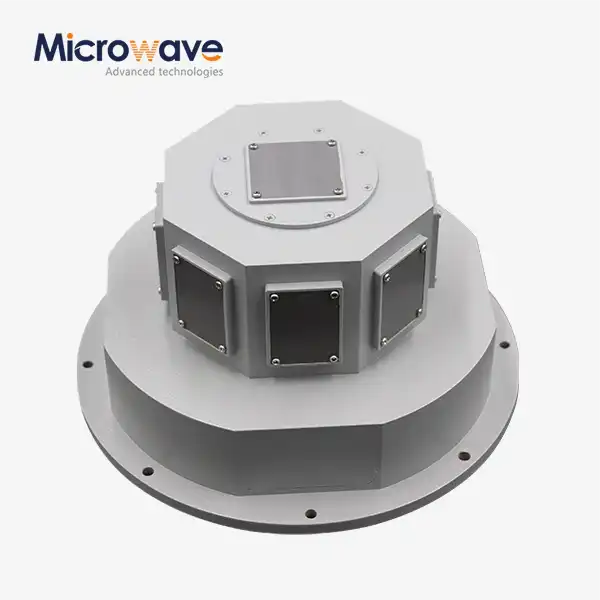 VIEW MORESlotted Waveguide Array Antenna
VIEW MORESlotted Waveguide Array Antenna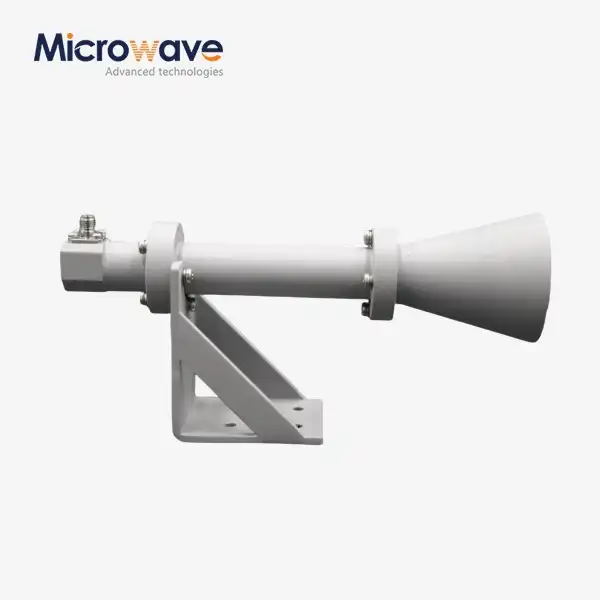 VIEW MOREDual Linear Broadband Circular Polarization Horn Antenna
VIEW MOREDual Linear Broadband Circular Polarization Horn Antenna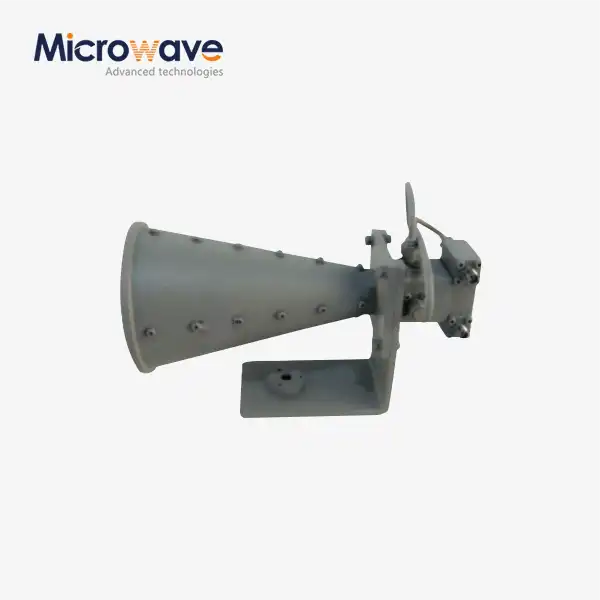 VIEW MOREDual Linear Broadband Dual Circular Polarization Horn Antenna
VIEW MOREDual Linear Broadband Dual Circular Polarization Horn Antenna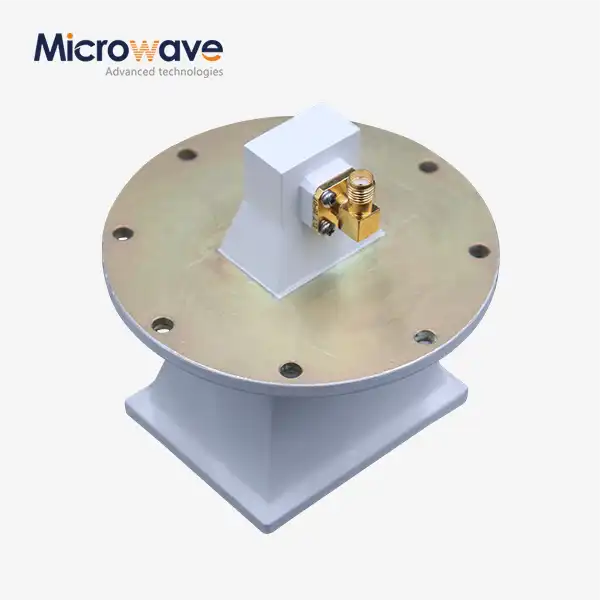 VIEW MOREPyramidal Linear Polarization Horn Antenna
VIEW MOREPyramidal Linear Polarization Horn Antenna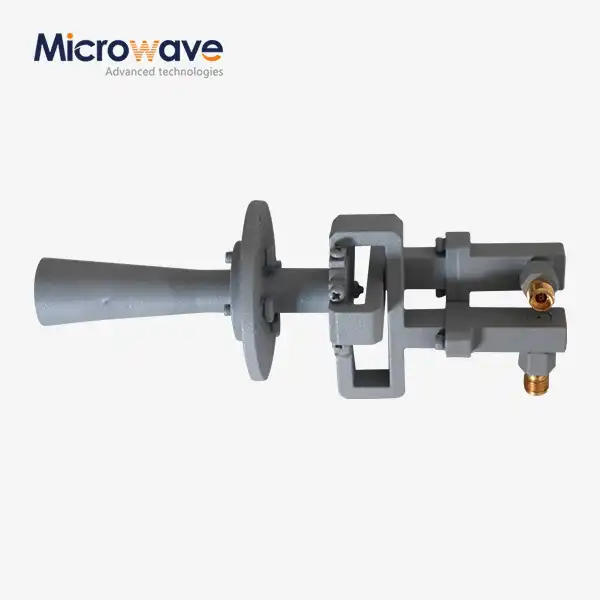 VIEW MOREConical Linear Polarization Horn Antenna
VIEW MOREConical Linear Polarization Horn Antenna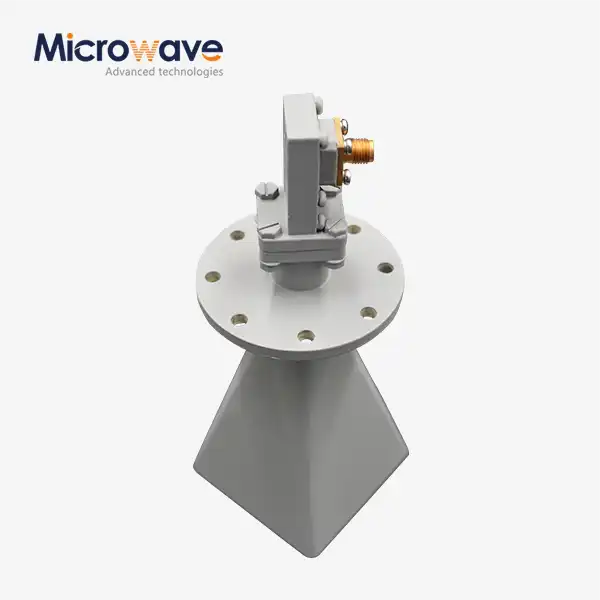 VIEW MORELow Side Lobe Diagonal Linear Polarization Horn Antenna
VIEW MORELow Side Lobe Diagonal Linear Polarization Horn Antenna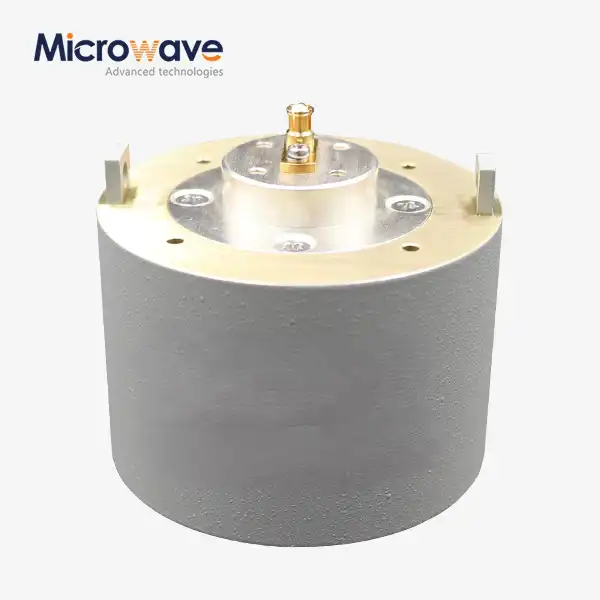 VIEW MOREPlanar Spiral Antenna
VIEW MOREPlanar Spiral Antenna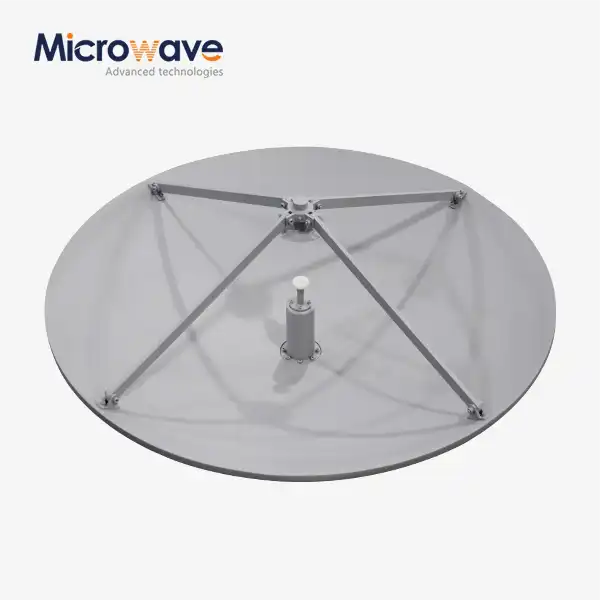 VIEW MORECassegrain Antenna
VIEW MORECassegrain Antenna




